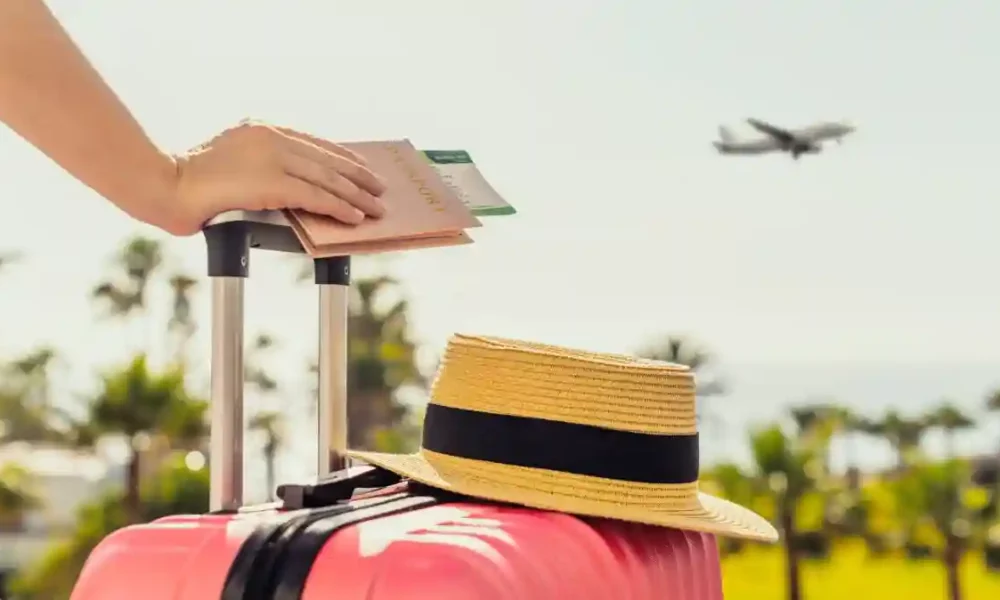
A Guide To Travel Insurance – Everything You Need To Know
Whether you have questions about travel insurance, want to review your coverage or file a claim, NerdWallet has resources for you.
There are two main types of travel insurance policies: medical plans and accident plans. Each type has different features and benefits. Some cover pre-existing conditions and others do not.
1. What is Travel Insurance?
Travel insurance is a type of protection that helps reimburse you for costs associated with unexpected events that can cause you to cancel or interrupt your trip. It can also help with medical expenses and lost/delayed baggage. Typically, travelers will purchase it soon after initial bookings for lodging, flights and activities to protect against any cancellation fees.
Many insurance companies offer a free look period, which gives the policyholder a set number of days to return it if they find it doesn’t meet their needs. Be sure to carefully review the policy to understand its limitations, exclusions and fine print.
Many people are under the impression that their employer-sponsored health insurance covers them overseas, but that’s not always the case. Travel insurance may provide primary coverage for emergency medical expenses, meaning it pays before your health plan does.
2. What is Coverage?
Medical expense coverage reimburses travelers for unforeseen health-related costs abroad. This is useful because most regular health insurance and Medicare do not cover treatment outside the United States.
Some travel insurance policies include flight accident coverage, which covers accidents that occur during flights on licensed commercial airlines. Others offer emergency medical evacuation and repatriation coverage, which can be especially important if you’re planning to engage in activities the insurer considers dangerous such as sky diving.
Baggage loss coverage reimburses you for lost, stolen or damaged luggage and personal items. You may already have some baggage loss coverage through homeowner’s or credit card policies. Other travel protections include trip cancellation insurance, which allows you to cancel your planned trip and receive a percentage of your prepaid expenses back without having to provide a reason.
3. What is Excess?
Excess is an amount that you pay when you make a claim on your insurance. It is usually a compulsory excess but it can be a voluntary excess as well, which you would have chosen when you took out the policy. The word excess comes from the Latin excessus meaning, “going beyond what is required or needed,” like eating and spending to excess.
The excess is the first amount you will need to contribute towards any successful insurance claim. The compulsory excess is set by the provider and will be confirmed in your policy documents. The voluntary excess is the fee you have chosen to pay, which can be higher than the compulsory excess. The amount can vary between different policies and for each type of claim.
4. What is a Claim?
A claim is a request for reimbursement of expenses covered by an insurance policy. The word is derived from the Latin verb claus, meaning to assert a right or a title.
For example, if your backpack gets stolen, you can file a travel insurance claim to recover the value of your belongings up to the per item or per person reimbursement limit in the policy. You’ll likely need to provide proof of the loss, like a police report or documentation from your tour operator or hotel manager.
Emergency medical claims are reimbursed if you have an accident or illness while traveling. Depending on your policy, the insurer may ask for medical records and look at any pre-existing medical conditions you have. Some policies also exclude coverage for high-risk activities like skiing.
5. How to File a Claim
Most travel insurance providers offer a digital process for filling out the claim form and uploading documents like physician statements and receipts. They usually also have live chat support to help guide customers through the process. Providing all documentation required for a claim as quickly as possible can make the difference between it being approved or denied.
The more complicated the claim, the more documentation is needed. It’s a good idea for travelers to keep both paper and digital copies of important documentation including receipts, police reports and airline carrier irregularities reports. Experienced travelers often create a folder on their phone or computer (or in cloud storage) for these important files. Documenting luggage and valuables with flat-lay photographs is another great way to prepare for a claim.